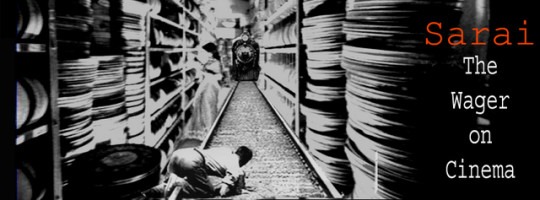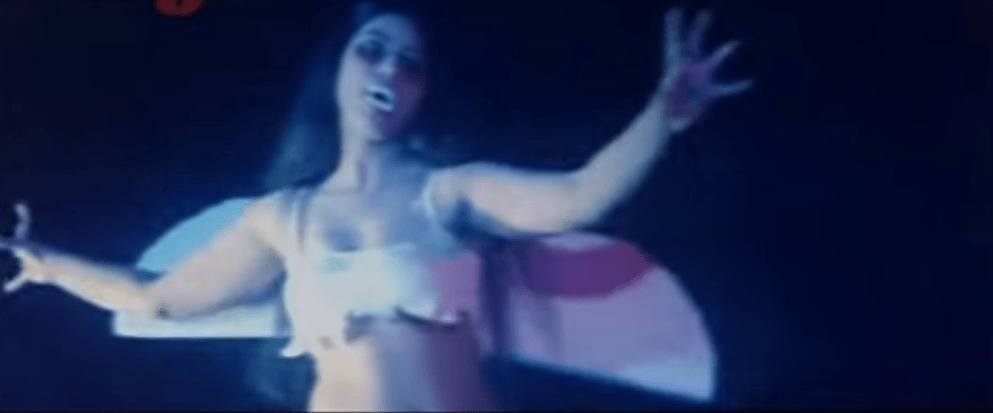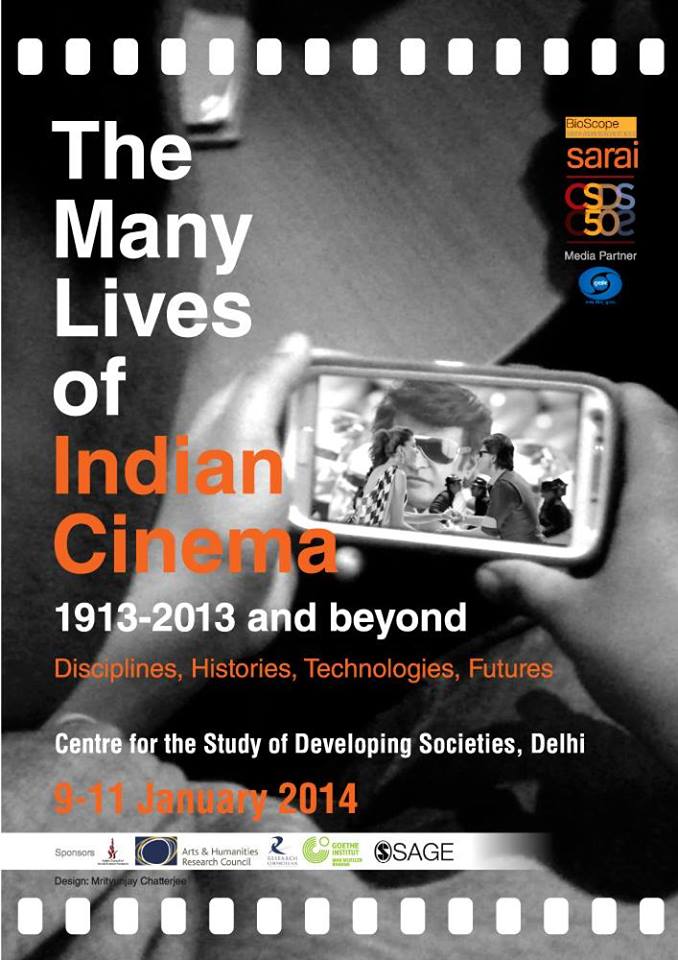Tag: Cinema
-
The Wager on Cinema: Screening 3 – What The Fields Remember
How do we estimate the value, aesthetic force, and meaning of cinema today? As media experience, technological change has transformed it beyond recognition, its material forms altered by analog and digital video formats, and the modes of circulating, viewing, accessing cinema and making it have expanded exponentially. And yet, the dream and ambition of cinema as we have known it has not dissipated, the desire to congregate audiences to participate in a distinct world of experience, whether to excite, amuse, to move or to solicit reflection and engagement, to bear witness and to mobilize…
-
The Returned: The Rise of B-movie Cinephilia
Picture first, in the murky blue of the sylvan night, one of the vampire’s minions in white satin with exaggerated face paint, false teeth and styrofoam wings flickers in front of you. She struggles to maintain her balance and as she is wheeled towards the camera her wings keep disappearing from shot to shot. Strangely though the disappearing wings seem to have little effect on the vampire’s flying skills. This haunting image is from Harinam Singh’s Shaitani Dracula (2003) which has become iconic in “B” cinephile circles…
-
Short Term Research Projects in Social Media: Selected Proposals 2016
The Sarai Programme is committed to developing a public architecture for creating knowledge and creative communities. In keeping with this commitment, we seek to develop a community of scholars, writers and practitioners who are motivated to make the materials and outcome of research available for public access and circulation, with the understanding that an imaginative…
-
The Wager On Cinema: Screening 1 – ‘Cities of Sleep’
The Sarai Programme invites you to the inaugural screening of the film series titled, The Wager on Cinema. The series begins with a screening and discussion of Shaunak Sen’s ‘Cities of Sleep’. The respondents for the film are Nivedita Menon and Aman Sethi. Date: 12 February, 2016 Time: 5PM (Tea will be served at 04:30PM)…
-
Social Media Research Workshop, November 06, 2015
Since March this year, short-term research fellows have been involved with The Sarai Programme, on themes that relate to digital and social media. On Friday, 6th November 2015, we are organising a workshop for the fellows to present and discuss their research with a select group of discussants. The workshop will be held at the Centre for the Study of Developing Societies, 29 Rajpur Road, Civil Lines.
-
Item Numbers in the Digital Age: From Cinema to a Landscape of Techno-Tactile Sensations
This is the fourth and final research note from Silpa Mukherjee, one of the short-term social media research fellows at The Sarai Programme.
In my introductory post I referred to the new phenomenon of online citation culture built around item numbers as the item number effect.[1] Amateur digital culture spawned by social networking and micro-blogging platforms, and online platforms that encourage user generated content build an archive of virtual signage associated with the item number that now bleeds out of cinema and becomes more than music. Here I signpost the registers of a new fan identity which often curiously blends with the star’s…
-
Media Encounters of the Nineties Romantic Song
This is the fourth and final research note from Abhija Ghosh, one of the short-term social media research fellows at The Sarai Programme.
“I’m a child of the nineties. An era when Rahul Roy was the country’s biggest superstar for a while…I’ve also lived through a time when the average person’s only contact with the outside universe was through newspapers, the radio and one channel on the telly- a channel that you couldn’t even watch unless you went to your balcony and repositioned its antenna every now and then.”[1]
-
Afterlife of the Nineties Romantic Film Song in the Virtual Public Sphere
In this post, Abhija Ghosh, one of the researchers who received the Social Media Research grant for 2015, introduces her proposed work.
In this project, I am interested in observing the popularity of nineties romantic cinema and music across several internet media streams such as video sharing platforms, online radio music channels, nineties fan sites and lists in order to map the registers of popular memory, affect and pleasure that mark an emerging cultural afterlife of this decade of Hindi cinema. Social media fan pages like All About 90s evoke cultural associations with the decade by regularly alluding to nineties media forms such as cassettes, video tapes and their object lives, or television broadcasts and their aesthetic convention, however it is the nineties romantic film song that seems to occupy a special space of nostalgia in the collective memory of such internet communities.
-
The Function of the Interface
There are however, two interesting differences between the Interface and other mediums like cinema and comic. Interface is neither produced, nor consumed linearly. It may use techniques from storytelling but it behaves very similar to Architecture. It has a structure and structure is more often hierarchical. A user navigates this structure based on their motivation towards visiting the site… This brings me to the Second point, which is the power equation between the media and its consumer.
-
The Many Lives of Indian Cinema Conference – Recordings – Day 03
Day 01, January 09, 2014 | Day 02, January 10, 2014 | Day 03, January 11, 2014 Detailing Technology A Difficult Geography: Bombay Cinema’s Move to Colour Ranjani Mazumdar, School of Arts and Aesthetics Jawaharlal Nehu University Recording not available. “No Blue”: On the Colour of Sensation in Tamil Cinema Anand Pandian, Johns Hopkins…








